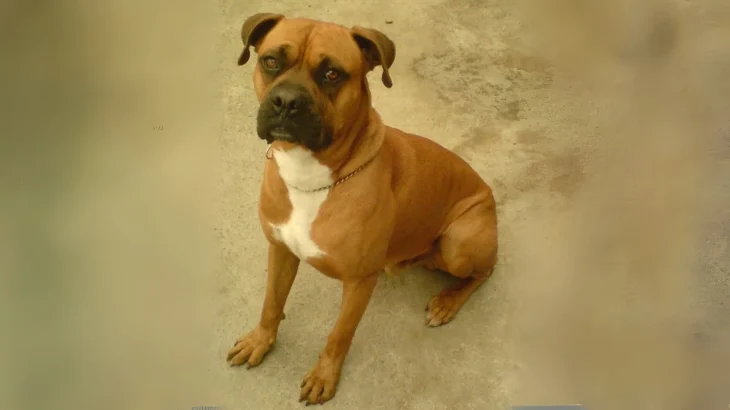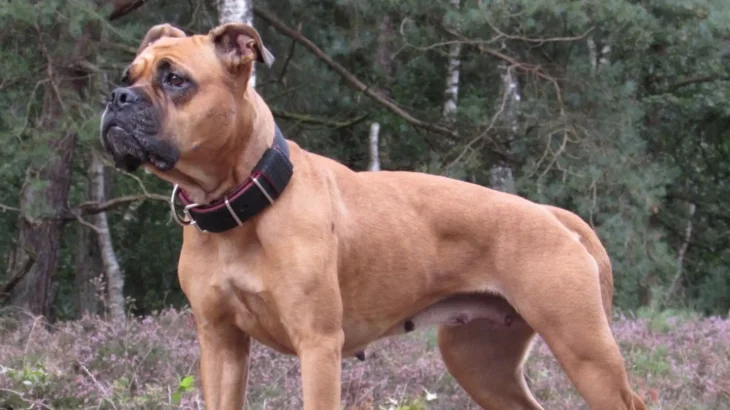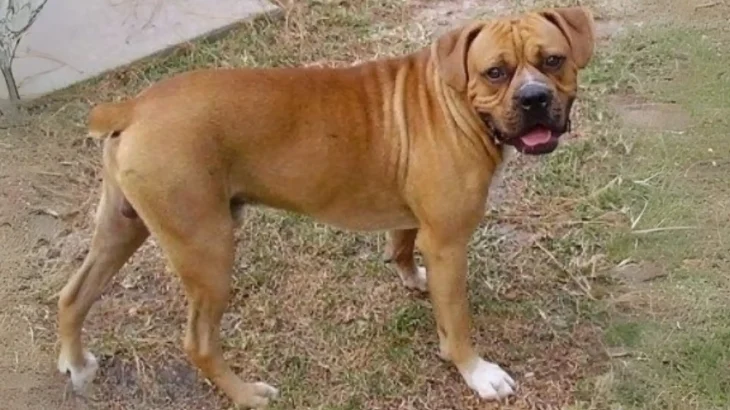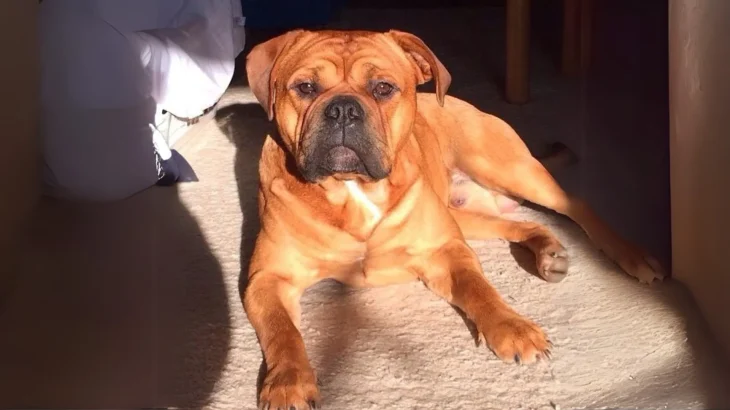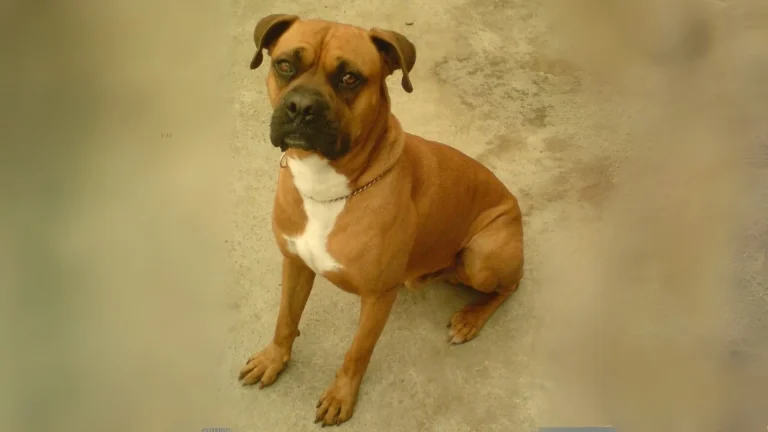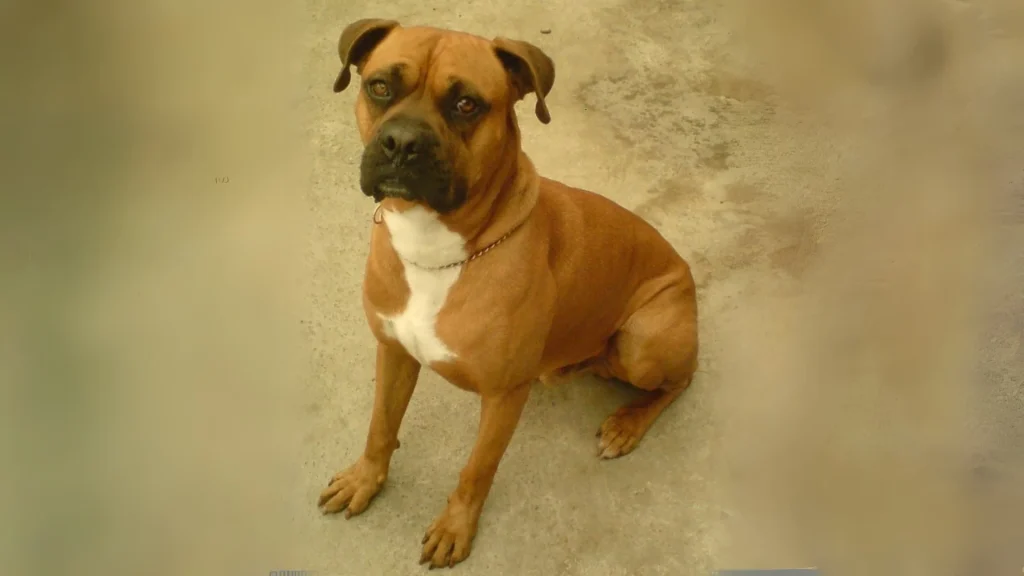Pet insurance is an important consideration for any dog owner, especially for a strong breed like the Banter Bulldogge. While these dogs are usually healthy, unexpected accidents or illnesses can lead to costly vet bills. Having insurance provides peace of mind, letting you focus on your dog's recovery rather than the expenses. It acts as a safety net, protecting both your pet's health and your finances.
Understanding Pet Insurance Coverage
Pet insurance typically covers accidents and illnesses, including diagnostic tests, medications, and treatments. Surgery coverage is key due to high costs involving pre-op diagnostics, anesthesia, and aftercare. Some advanced plans offer liability coverage for injuries or property damage caused by your dog. Pre-existing conditions are usually excluded, and routine care like vaccinations or flea prevention is often not covered unless you add a wellness plan.
What the Owner Pays: Deductibles, Co-pays, and Reimbursement
Owners usually pay a deductible before coverage starts. For example, with a $250 deductible on a $1,000 bill, you cover the first $250. After that, insurance covers a percentage, like 80%, and you pay the rest. Most plans reimburse you after you pay vet bills, so upfront funds are necessary.
Alternatives to Traditional Pet Insurance
If you prefer no insurance, alternatives include setting up an emergency savings fund, using veterinary credit lines, or payment plans offered by some clinics. These options may lack the predictability and coverage size that insurance provides, potentially risking higher out-of-pocket costs.
Advantages of Pet Insurance
Pet insurance offers financial protection by turning potentially huge vet bills into manageable monthly payments. It lets you seek the best care for your Banter Bulldogge without worrying about cost. Emergencies like poisoning requiring hospitalization can be very expensive; insurance helps cover those costs and supports access to advanced treatments.
Disadvantages of Pet Insurance
However, premiums might add up to more than claims if your dog stays healthy. Deductibles, co-pays, and yearly limits mean you still pay some costs. Premiums also rise with age, adding unpredictability. Pre-existing conditions are excluded, so coverage depends on timing and health at enrollment. Reviewing policies carefully is essential before choosing insurance.

